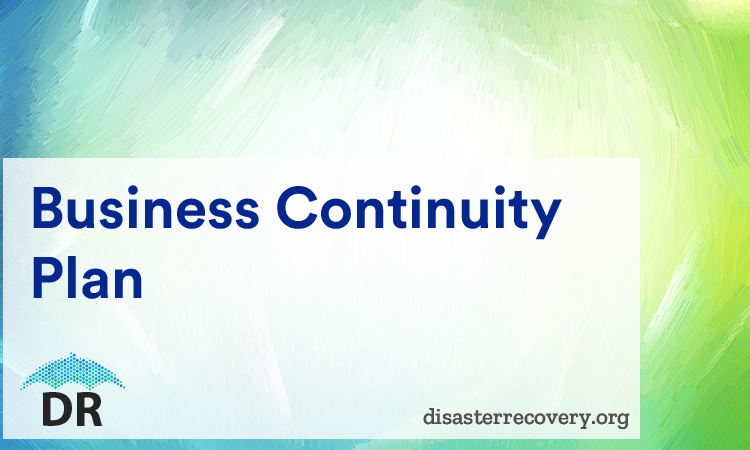Implementing a business model profitably brings with it numerous challenges and obstacles that only grow exponentially as the organization expands and scales its operations. As commercial enterprises evolve and raise the bar, both qualitatively and quantitatively, the effective execution of business plans becomes an increasingly demanding proposition.
Business Continuity Plan

The four main factors that contribute to the execution of a business activity are:
- People – the most fundamental, yet essential component of any business unit. Human personnel use their skills, expertise and experience to carry out the various operations that fall under the purview of an organization.
- Processes – a set of instructions, protocols and procedures with specifically designed goals and objectives. Processes lend structure and order to business activities.
- Technology – innovations that allow organizations to deliver their products and services with improved quality and in greater numbers. Technology allows businesses to function with efficiency unimaginable in earlier times.
- Infrastructure – the utilities and resources that support the various operations of a business. Infrastructure is the framework through which commercial enterprises execute their plans in order to achieve their goals and objectives.
A good business continuity plan addresses all the four main factors – people, processes, technology and infrastructure – needed to execute a business activity and how to provide alternate measures that allow these four factors to continue functioning in the event of an untowardly incident.
People
Human personnel should be made aware of the environment in which their business operates. This would bring to attention the various hazards that plague their immediate surroundings.
Training programs can empower employees to effectively execute alternative and workaround solutions during emergencies.
Since a majority of accidents and disasters are caused due to human intervention, adequate measures need to be taken to ensure that the safety and security concerns of individuals working within an establishment are never compromised.
Processes
Alternative options to carry out business operations during emergencies are crucial for projects to stay on schedule and meet deadlines. This includes developing strategies to prioritize an enterprise’s essential activities and create stopgap arrangements that keep business up and running at least at a skeletal level.
Also, a modular framework can be employed while designing processes to keep workflow inter-dependencies at a minimum. Business operations can be broken down into isolated components. If one component fails or is missing, a replacement has to be found only for that component. This is far more favorable than an extremely complex and cumbersome framework comprising numerous interdependent tasks in which one chink in the armor would jeopardize the entire operation.
Technology
Information systems, applications and software are omnipresent in today’s commercial ecosystem. Since high availability is critical for a business, especially its mission critical operations, more and more companies are looking at alternative solutions such as virtualization to reduce the number of unplanned outages, allow people to work offsite and also improve application efficiency.
Cloud computing solutions can allow users to monitor resources from a central dashboard and create policies to scale out additional resources to critical tasks automatically during emergency situations.
Mobile devices provide a great deal of flexibility to businesses and allow people to stay connected across multiple sites even during testing times.
Infrastructure
Organizations with extensive production logistics would need to consider alternate vendors and suppliers from whom they can source raw materials in times of emergency. Adequate recovery measures can protect storage inventory in manufacturing facilities from irreparable damage.
Tie-ups and partnerships with third party businesses can provide an organization the necessary back up support when disaster strikes. Alternate sites, although an expensive, option can help keep businesses functioning even during times of crisis.
The success of any business depends largely on minimizing the impact any crisis situation might have on the people, processes, technology and infrastructure that fuel its operations. An effective business continuity plan should focus on insulating these four strategic pillars from emergency situations in order to minimize the impact on its deliverables.

